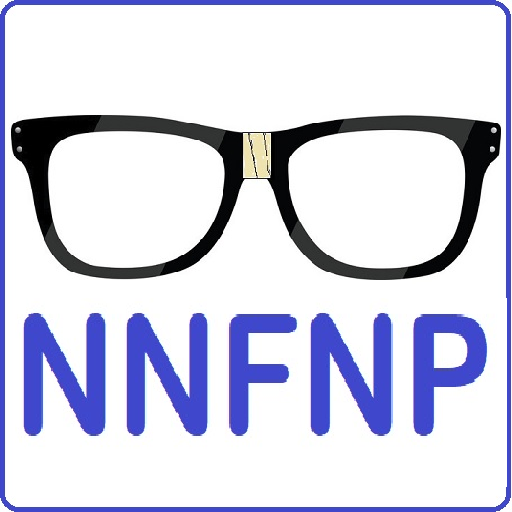What is 3D Printing

3D printing, also known as additive manufacturing, is a cutting-edge technology that has gained widespread attention in recent years. It is a revolutionary process that allows the creation of three-dimensional objects directly from digital designs. This document aims to provide a clear and simple explanation of 3D printing, its principles, applications, and its impact on various industries.
- How 3D Printing Works
At its core, 3D printing is a process of adding material layer by layer to build a physical object. The journey starts with a digital 3D model created using computer-aided design (CAD) software or obtained from a 3D scanner. The 3D model is then sliced into thin horizontal layers, like a virtual cake. These sliced layers act as a blueprint for the 3D printer to follow.
The 3D printer reads the sliced model and begins the printing process. It deposits material precisely according to the instructions received, typically using plastic, metal, resin, ceramics, or other materials. Layer by layer, the material solidifies or fuses together, resulting in a fully formed three-dimensional object that replicates the original digital design.
- Types of 3D Printing Technologies
There are several 3D printing technologies available, each with its unique approach and applications. Some common types include:
a. Fused Deposition Modeling (FDM): FDM printers extrude melted thermoplastic material through a nozzle, building layers as the nozzle moves in a controlled manner. It is widely used for prototyping and hobbyist projects.
b. Stereolithography (SLA): SLA printers use a liquid photopolymer resin that solidifies when exposed to ultraviolet (UV) light. A movable platform dips into the resin tank, raising the object layer by layer. SLA is popular for creating high-detail, intricate objects.
c. Selective Laser Sintering (SLS): SLS employs a high-powered laser to selectively fuse powdered material, typically plastic or metal, into solid layers. It is commonly used for producing functional prototypes and end-use parts.
- Applications of 3D Printing
The versatility of 3D printing has resulted in its widespread adoption across various industries. Some notable applications include:
a. Rapid Prototyping: 3D printing has revolutionized product development by enabling quick and cost-effective prototyping. Designers can physically test their ideas and make improvements before mass production.
b. Healthcare: 3D printing has transformed medical practices with the creation of custom prosthetics, dental appliances, surgical guides, and even patient-specific implants.
c. Aerospace: The aerospace industry uses 3D printing to fabricate lightweight, complex components, reducing material waste and overall manufacturing costs.
d. Education: 3D printing has found its way into classrooms, allowing students to bring their creative ideas to life and enhance learning experiences.
e. Architecture and Construction: Architects and builders utilize 3D printing to create intricate models, prototypes, and even full-scale building components.
- Impact on Society
The advent of 3D printing has revolutionized manufacturing, empowering individuals, small businesses, and entrepreneurs to transform their concepts into physical reality without the need for extensive resources or traditional manufacturing facilities. It has the potential to revolutionize supply chains, reduce waste, and create more sustainable production methods. Moreover, 3D printing opens up new possibilities for customization and personalization, leading to innovations that were previously unimaginable.



